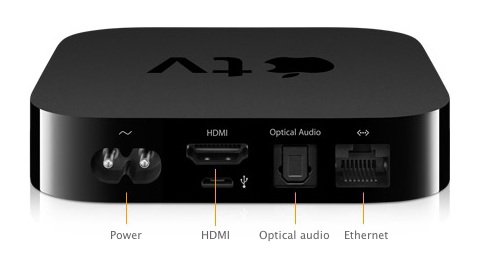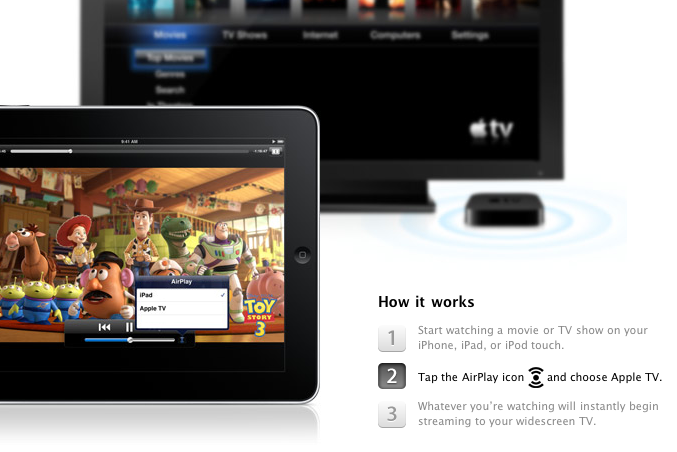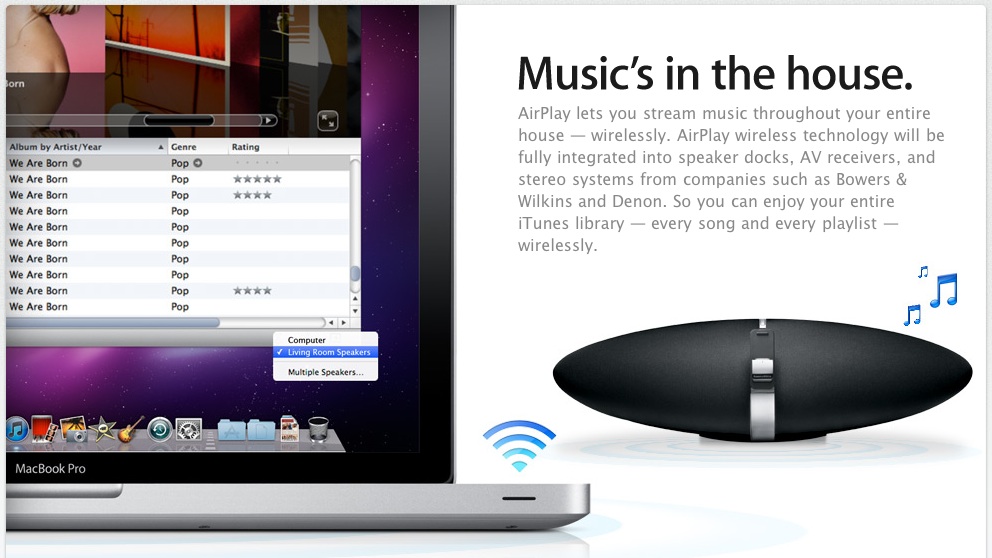It’s not just the critics, nobody seems to get the story on Apple’s new TV-connected device right. Darrell Etherington at The Apple Blog says it’s a non starter for him, and Ars Technica’s John Siracusa describes it as just the most recent entry in a product line that has been “a persistent loser” for the company. Even John Gruber is damning it with faint praise.
They’re all wrong.
Of course the problem didn’t start there. People were going mad with the idea that the Apple TV would introduce apps to the living room for months before the new Apple TV was introduced. And speculation about how people would control the then unknown new device grew rampant: yes, pointing at the TV is awkward, but Apple would offer a variety of remote control options, perhaps even a Magic Trackpad with inertial sensors. The Google TV is coming, after all, and nobody can be blamed for expecting Apple to try to one-up its former best friend and new rival with a whiz bang do everything device.
But that’s not Apple. Not the whiz bang. Not the unrestrained feature creep.
Apple likes their products to work simply. Apple believes in sophistication, not complexity, and that’s what makes Apple’s customers love them and so confounds the media that covers them. The new Apple TV one ups the as yet unreleased Google TV, but not by offering a bigger app store or newfangled input device (though, in a way, it does both). The media, so focused on comparing the new device with what has come before it (including announced but unreleased products, like the Google TV), can’t see how the Apple TV is so fundamentally different from those devices.
The new Apple TV one ups all of them by connecting your iOS device (and, yes, your iTunes library) to your TV. Steve Jobs demonstrated it (go watch the video again) and it’s on the Apple TV website, but nobody’s really thinking about what this means to our living rooms or TV experience. This deceptively simple feature turns the average living room inside out: where the TV and attached devices were once at the center, the locus of control is shifting to the 120 million iPhones, iPads, iPod Touches that Apple has shipped since the iPhone launch in 2007.
The Apple TV does indeed move iOS into the living room, but it doesn’t create a new app platform or need a fancy new remote. It puts the most popular personal media player ever in control of our TV. It’s not a weak attempt to translate the iPod experience to the TV, it simply allows us to view the media we’re enjoying on our iPods on our TVs.
Think on this from Core77:
One of the most awkward social interactions I regularly experience is visiting a friend’s home and suffering the “Dude you GOTTA see this YouTube clip” moment, where I am forced to stand awkwardly behind and to the side of their chair, peer at the screen they’re clicking on, and pretend to be amused by a 90-second animation of a goddamn squirrel fighting Darth Vader or whatever.
…in everyone’s home office there should be a dedicated chair for YouTube-clip inflictees so we don’t have to suffer on our feet.
So called connected TVs were big sellers last year, I have friends with them, but they’re crap. YouTube and Netflix integration are useless if you have to search for the video by navigating an on-screen keyboard with the spongy directional buttons on the remote. A person with an iPad can to find a video and watch it, as well as several related videos, in less time than it takes their neighbor to find it on their connected TV. Apple has now made it possible for that iPad user to play the video they’re excited about on the living room TV that everybody can comfortably see.
Steve Jobs told us that the set-top boxes are a mess. He told us he wants no part of that business. So don’t look at the Apple TV as a standalone device, look at it as a wireless video output port for your iTunes library and iOS device. And Apple’s hinting that it will soon be as ubiquitous as iPod Dock connectors in 3rd party devices.


